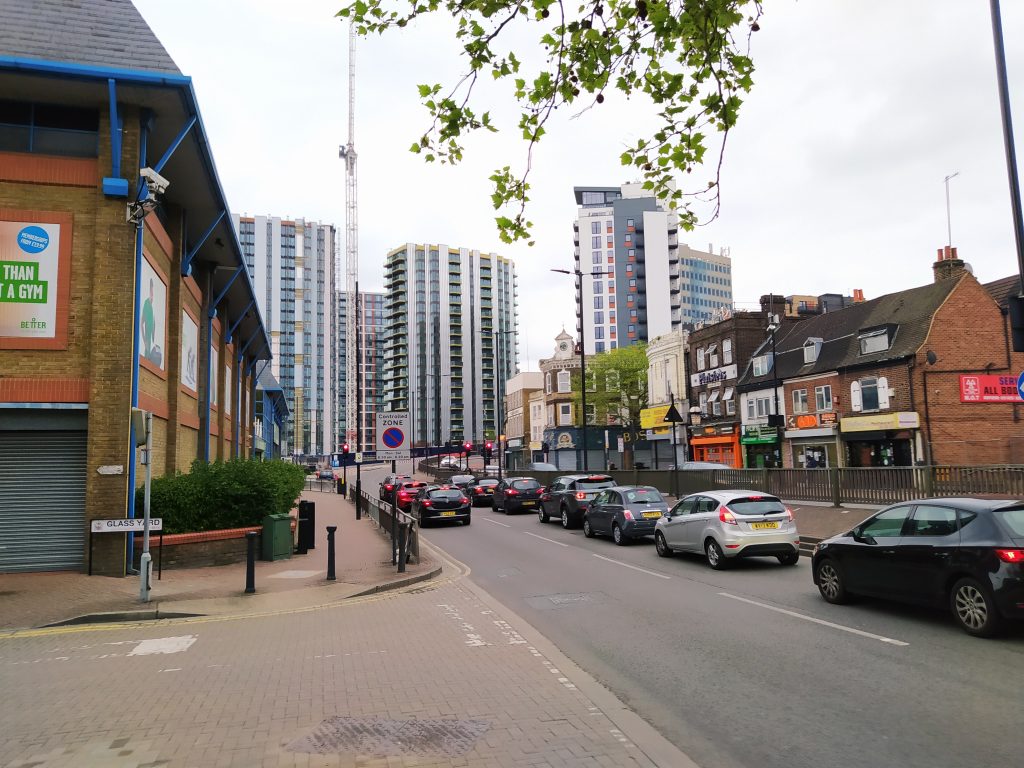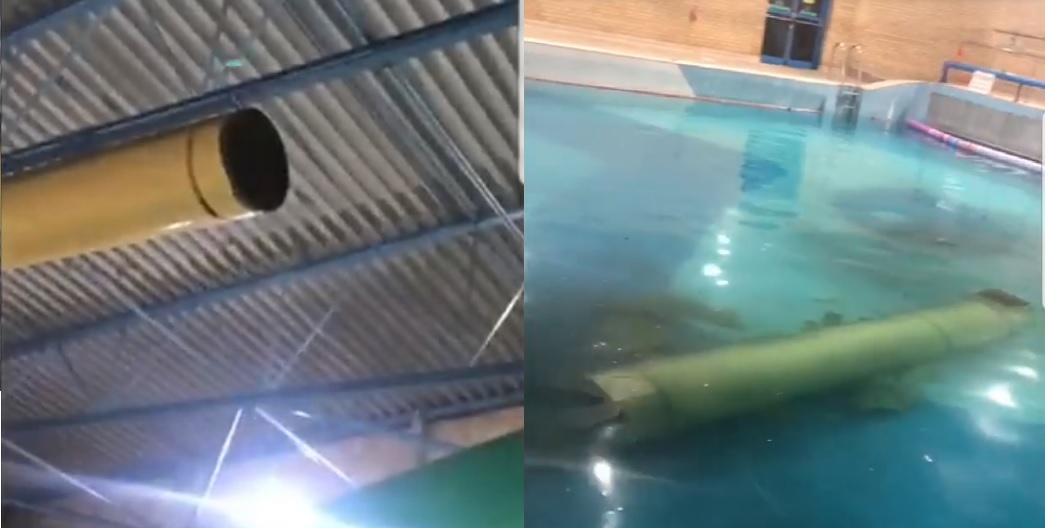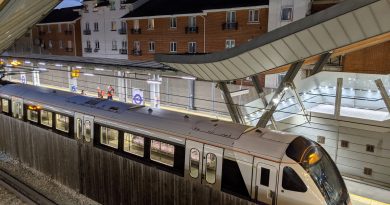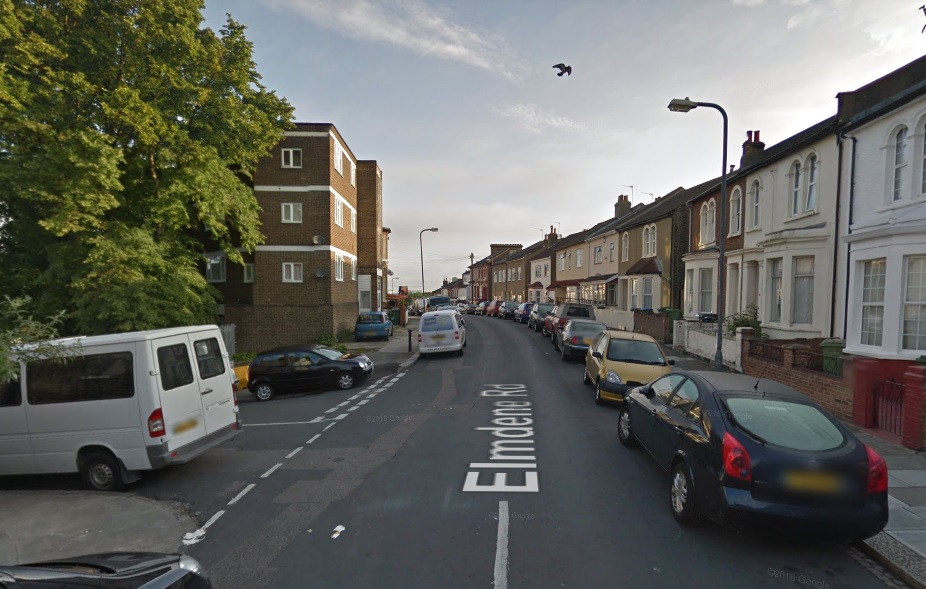Woolwich tower’s children play-centre requirement could be removed
The owners of Callis Yard development in Woolwich are seeking to remove a rule that ground floor commercial space must be a children’s indoor play centre.
They’d like to expand potential uses to include retail given little interest in planned use according to the application.
It does seem a rather baffling choice for a play centre given how poor the road and child-unfriendly the road layout outside the space is.

Fancy taking your kids to somewhere situated alongside a busy road where buses layover outside and cars frequently park blocking half the road as traffic backs up?
This again raises questions about how the area has been managed with poor street layouts in this part of town amidst a surrounding building boom.

There’s an ugly four-lane road straight out the 1980s that in the westbound direction is never actually fully usable as one lane is always blocked.
Section 106 funds have been allocated just about anywhere else rather than improving this part of Woolwich and assisting to businesses in the area – which made it much less likely a children’s centre was ever viable. So why was it a condition of planning?

The sheer list of new developments that have seen little associated funding allocated to improve public space along the through A206 through Woolwich is vast.
Each and every time TfL states more funding should be allocated for better streets, and every time Greenwich throw penny change to public realm ignoring those requests.

It includes Mast Quay tower, Berkeley Homes’ towers beside the Thames, Callis Yard, Premier Inn hotel, Woolwich Exchange (over 1,000 homes there alone), Armourers Court above the Elizabeth line station approved last year, Wellington Street blocks, Woolwich Central situated around the Tesco superstore, the Catholic Club rebuild and finally a new Woolwich leisure centre and 482 homes.

Ironically the existing Woolwich leisure centre has been marooned beside a dual carriageway in an area that dissuades pedestrian usage for some years – which is given as a reason for moving it.

Those were all approved with little focus on improving some parts of Woolwich most in need of funding. They’d also planned not to utilise funding from a large plot at Beresford Street and MacBean street. Unlike those all listed above it was rejected.

I’m not even getting into their Community Infrastructure Levy mess here too deeply. If the authority weren’t propping up London tables when it came to obtaining income from new developments for years – and reformed rates when it became clear there was a problem – Woolwich station would have been paid off and we’d see plentiful funding for local improvements.
So what now? Many chances to obtain funding have already been lost. Looking to a TfL with little cash – particularly after ignoring their requests for years when it comes to funding allocation – seems unlikely.
If anyone does take the unit on they will have to contend with just how poor the street outside is.

However Woolwich will still see a number of major applications in coming years – and CIL rates will finally be revised in 2024 – so perhaps, just maybe, if Greenwich Department Officers take an interest this area may improve in years to come.
Improvements are slowly heading west down Hare Street and Powis Street already. Improve Woolwich High Street and Beresford Street and that end of town could yet flourish.
Running a site alone takes time and a fair bit of money. Adverts are far from enough to cover it and my living costs as a private renter.
You can support me including via Paypal here Another option is via Patreon by clicking here You can also buy me a beer/coffee at Ko-fi here There's also a Facebook page for the site here Many thanks






The location of the Woolwich Towers does not really suit a children’s indoor play area as the road outside is very dangerous as mentioned in the article. With traffic, parked buses and little on the way of safe crossings. A children’s indoor play area would be better located in a pedestrianised area of the town centre where there is less traffic